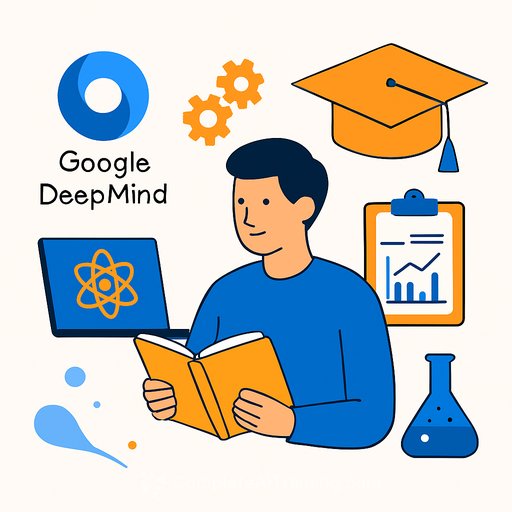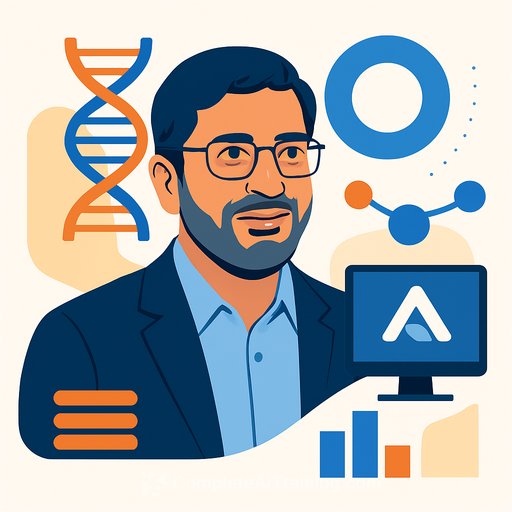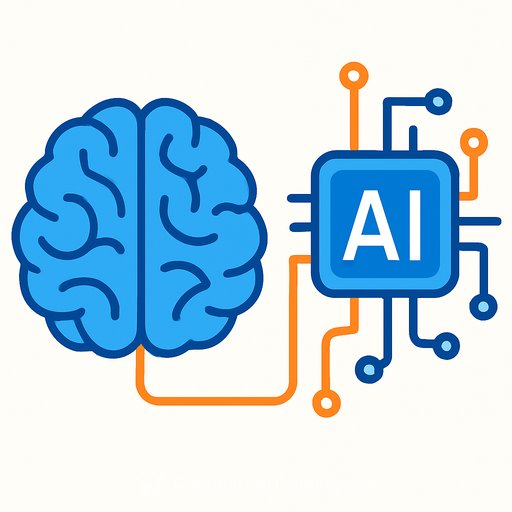Can Patients Trust a Drug Designed by AI? Yes - and Here's Why
Drug development is slow, risky and expensive. A decade of work and more than a billion dollars often ends with a late-stage failure. Roughly 90% of candidates miss in the clinic. AI-based modeling is changing how we plan and de-risk those bets by testing ideas in silico before anyone is dosed.
Patients hear "AI-designed therapeutics" and worry. Fair. The path to approval hasn't changed - and that's the point. AI doesn't replace scientific rigor; it strengthens it.
From guesswork to modeled biology
Dr. Jo Varshney, CEO and founder of VeriSIM Life, leads the team behind BIOiSIM®, an AI-driven mechanistic platform that predicts how drugs behave in human biology. It integrates chemistry, multiomics, physiology and clinical outcomes into dynamic simulations that reflect how real systems respond.
This makes earlier calls possible: human-relevant dose ranges, likely toxicities, efficacy signals and variability across patient types. It also trims animal use by screening risk before wet-lab studies scale up.
What changes for pharma, clinicians and patients
- Pharma: Fewer blind bets. Prioritize assets with modeled human viability. Pressure-test trial design and dosing before first-in-human. Improve capital efficiency across the portfolio.
- Clinicians: Better characterized entrants. Evidence that reflects biology - not just averages - supports smarter dosing and patient selection.
- Patients: Faster access to therapies with clearer safety and efficacy profiles, and fewer exposures to likely non-responders.
BIOiSIM in practice: a "flight simulator" for drug programs
Think of BIOiSIM as a flight simulator for scientists. Teams can explore dosing strategies, compare formulations and test hypotheses across virtual patient types. The goal: surface risks early, reduce rework and focus resources on candidates with a real shot in humans.
Trust and safety: same bar, better tools
Every AI-influenced therapeutic must still clear the same regulatory hurdles: preclinical testing, phased clinical trials and agency review. That standard doesn't move. If a therapy reaches patients, it's because it passed those gates.
What AI adds is foresight. Predictive simulations flag issues earlier, inform safer dose selection and help design trials that answer the right questions sooner. For a clear overview of the drug development pathway, see the FDA's process guide here.
Security and privacy are nonnegotiable
AI runs on data. Trust runs on protection. VeriSIM Life emphasizes end-to-end encryption, strict access controls, continuous monitoring and independent audits. Workflows use anonymized and de-identified datasets to protect patient privacy while preserving analytical value.
Transparency builds confidence
Explainability matters. Systems should show what they predict and why. BIOiSIM is built to expose the biological and mechanistic drivers behind each prediction so scientists, clinicians and regulators can scrutinize assumptions, validate outputs and spot limits.
Beyond model transparency, the industry can go further: share preclinical and clinical evidence proactively, collaborate with independent groups and patient advocates and hold high ethical standards on data stewardship. Trust compounds when methods and trade-offs are clear.
Practical steps for R&D teams
- Use mechanistic and data-driven models in parallel with experiments; cross-validate frequently.
- Quantify uncertainty and publish model limits alongside predictions.
- Model dose, exposure and variability early to inform safer first-in-human studies.
- Adopt strict data governance: encryption, access control, audit trails and de-identification by default.
- Build explainability into decision memos so stakeholders see evidence, rationale and risk.
Bottom line
Patients can trust therapies influenced by AI for a simple reason: the bar for safety and efficacy hasn't lowered. AI helps us reach that bar more reliably by testing more, earlier and closer to human biology. That means fewer late-stage surprises and better odds that the drugs we advance actually help people.
Upskilling note: If your team is expanding its AI capability for R&D, this curated directory of programs can help: AI courses by skill.
Your membership also unlocks:






